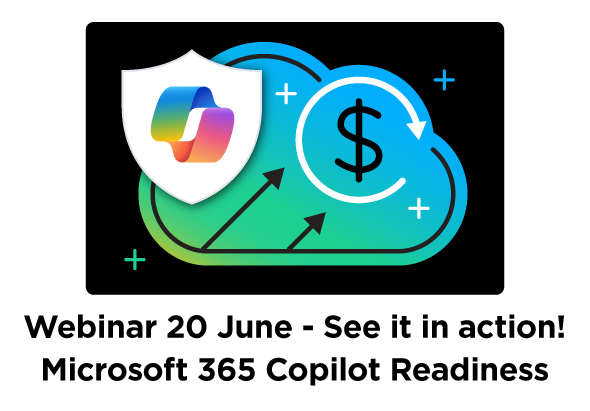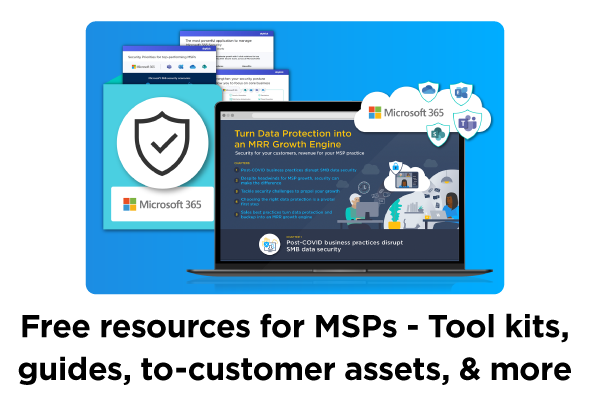Microsoft Office 365 is a slam dunk for managed service providers. After all, this product offers easy access to a world-class infrastructure that, for a long time, was something only large corporations could access. This powerful cloud service has the potential to free up a significant chunk of the 33 hours a month that small businesses spend on administrative tasks. It also provides the type of strong security that only a tech giant such as Microsoft can provide. Yet despite the back-end strength that a product like Office 365 offers, only 15% of small to mid-sized businesses have moved over to it… and this isn’t because they’re not interested.
Most SMBs are looking to make the leap to a cloud system within the next two years. The problem is that when it comes to making the leap, many small businesses have some legitimate concerns. They need the right MSP with the experience to help them get the most out of the cloud. MSPs that are willing to fully commit to a cloud-based model will benefit the most from the $40 billion in business available in helping SMBs move to the cloud.
While some providers are 100% in the cloud, many still have one (or both) feet in traditional, on-premises services. Some are selling licenses to Office 365 but failing to include other services with them. This approach might be fine in the short term, but long-term growth depends on providers fully embracing the transformative power of fully integrated cloud service providers.
How MSPs Can Embrace the Transformation to Cloud Services
The path to a cloud-first business model can seem overwhelming, but it doesn’t have to be. Here are three ways MSPs can expand their cloud businesses.
-
- Acquire new customers
There are plenty of opportunities for MSPs that embrace the cloud to acquire new SMB customers. The repeatable and predictive delivery model of Office 365 allows MSPs to establish their ongoing commitment to the cloud, which makes a great sales pitch.MSPs need to show potential clients they have the experience and expertise to provide a turnkey solution to provide full services in the cloud. By offering Office 365 paired with other base services you know work well for your customers, you have the chance to grow your subscriber base. To do this, you’ll need to do a few things.MSPs should run demand generation campaigns led by cloud salespeople that focus on the benefits of cloud transformation – and qualify leads based on industry and alignment with your intellectual property. Not every industry or company will be open to transition, so prioritize customers who are already using cloud services like VOIP, cloud CRM solutions, or online payroll services. They already see the benefits of moving to the cloud and might be looking for the right partners to move to the next level. - Upsell existing clients
Many customers already using Office 365 have few or no complementary services to help accelerate their journey to the cloud. That’s because the longer-term advantages of productivity, security, compliance, and innovation enabled through additional services are not yet apparent. That’s where you come in.Leading up to a client’s Office 365 renewal date, use every support touch point to reinforce the value of additional cloud services that help accelerate their move to the cloud with value-added capabilities. In particular, you’ll want to deliver the value of data protection, security, and compliance included in the bundle to C-level business decision makers who are most likely to put a premium on it. Upselling existing clients should lead to a higher percent of subscribers on packaged services and a greater average revenue per user. - Move on-premises clients to the cloud
Some clients might not be ready to make the full transition to the cloud. However, that doesn’t mean they have to be completely stuck in the past. Most can be educated about the advantages of starting small with a low-risk, high-reward transition to cloud solutions. Your trusted relationships with them should empower you to develop a realistic cloud-first road map with a path to organizational adoption.By moving on-premises customers over to the cloud, MSPs’ monthly recurring revenue will become a greater percentage of total revenue, and the customer lifetime value will increase significantly.Unlike the previous two buckets, this is a more delicate sales motion. You need to re-frame capital investments the customer is considering by demonstrating a lower total cost. Internally, you’ll need to blend project-based components with the underlying subscription CSP so you can offer a simple monthly or annual fee.This is where your trusted partner relationship should shine, provided you’re committed to assisting your customers along their cloud transformation journey.
- Acquire new customers
These three areas should provide the tent poles to success with Office 365, but there are still other ways to maximize the success of a transition to Office 365.


